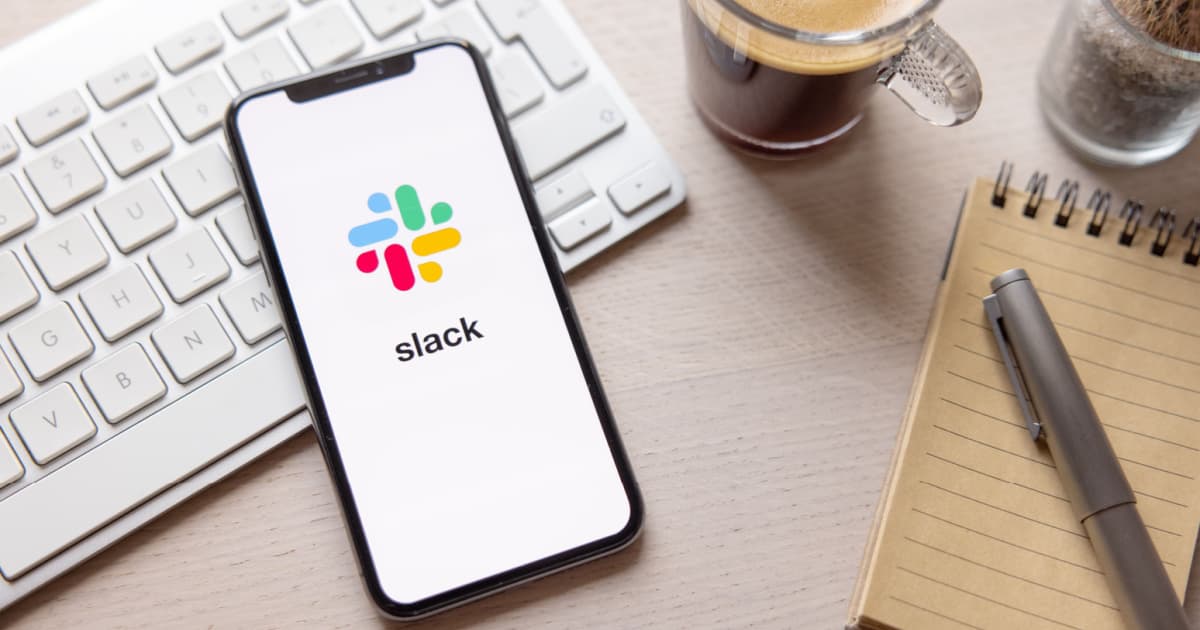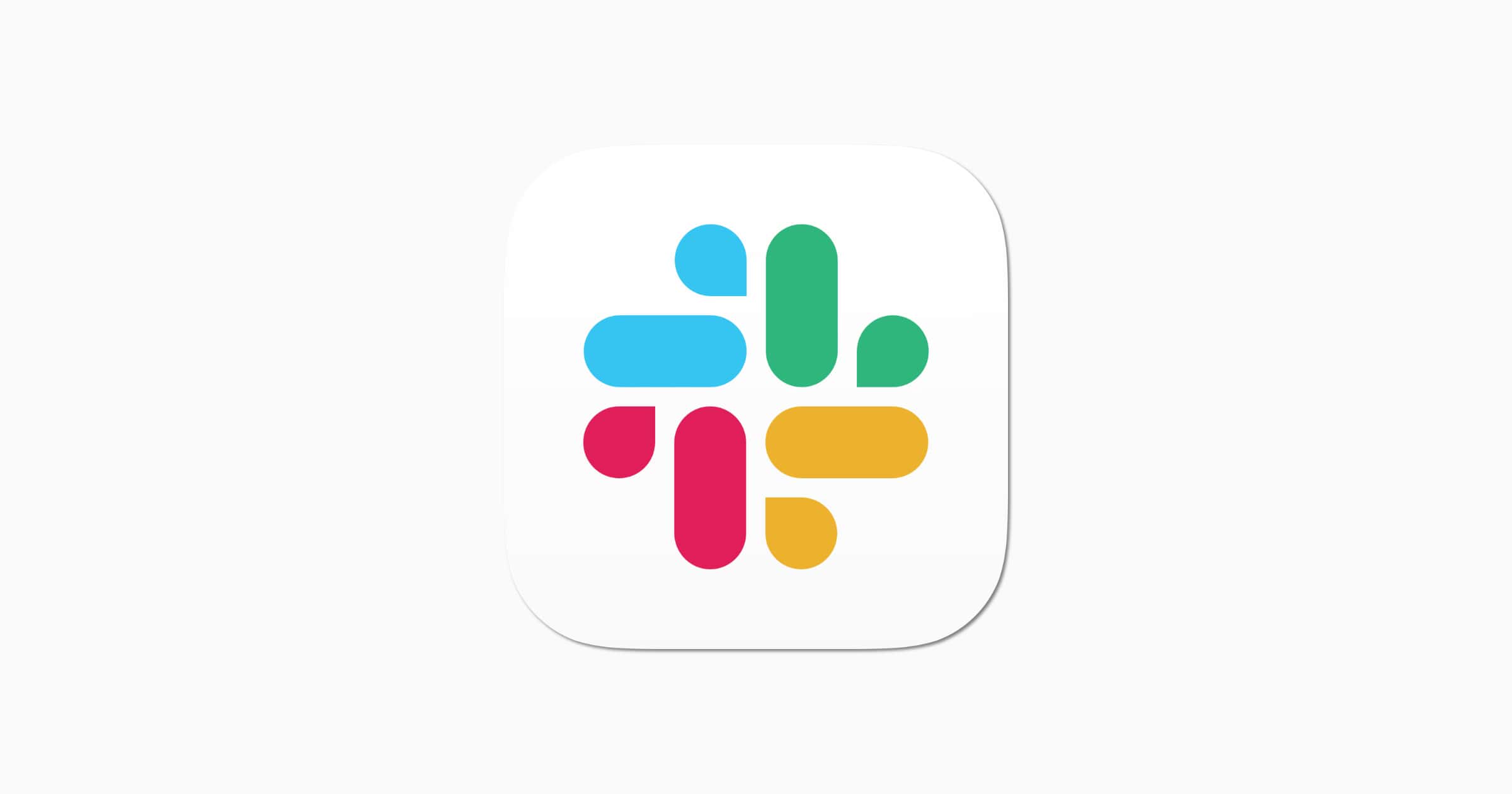Learn how to fix the Slack not working on iPhone issue by following some easy troubleshooting steps outlined in this quick guide.
Slack
Email to Reset Slack Password Is the Real Deal
Recent emails telling users their Slack password was reset is actually legitimate. The communication tool took action to respond to a bug.
Stop Treating Email Like Slack
Let’s face it, most people hate detailing with email – writing, reading, and organizing it. Wired dug into the science that may offer a solution.
Email is a valuable tool because it’s flexible, allows broad collaboration even with people outside your company, and it’s asynchronous, meaning the receiver and sender don’t need to both be online or working at the same time. “We’ve turned the advantages into disadvantages,” says Giurge. “It’s something that should be used as an asynchronous means of communication, and somehow we started using it as an ‘all the time’ means of communication. Instant messaging tools, such as Slack, may require an immediate acknowledgement—even if it’s just a GIF or thumbs up emoji—as they’re generally used as ways to collaborate on work at the same time. But it’s time to reconsider email more like old-fashioned paper mail: Upon receiving your broadband bill from your ISP, you don’t, after all, write a letter to confirm receipt and signal your intent to pay; you just pay it when you have a moment.
New Slack Features Reflect the Changing Nature of Work
Slack has unveiled some new features to helps businesses as some workers start to return to offices, some prepare to, and others stay working remotely. Techcrunch took a look at the new tools and how they reflect the changing nature of work. It all comes ahead of the messaging service’s acquisition by Salesforce.
Let’s start with Slack Huddles, the audio tool that lets you have a real-time conversation with someone in Slack instead of typing out all of your thoughts. This will be much easier for people who find typing challenging, but the company also believes it will allow more spontaneous discussion, which mimics being in the office, at least to some degree. “Huddles is a light-weight, audio-first way of communicating right in Slack. [It] recreates the spontaneous and serendipitous interactions that happen outside of scheduled meetings,” Tamar Yehoshua, chief product officer at Slack explained in a press briefing yesterday.
Stories and Audio Messages are Slack’s Next Goals
Slack wants audio messsages to be its next feature and it’s currently testing them in beta. It also wants to bring Snapchat-like stories to the platform.
Butterfield said that a feature for leaving audio messages, similar to a function available in messaging apps like Telegram, was available in a beta test. He also said that Slack would soon offer a feature akin to the audio-chat app Clubhouse, which allows users to drop into rooms for conversations without requiring scheduling a meeting or initiating a call.
Slack Has to Reverse Course on Connect DMs Feature After Harassment Concerns
Slack has had to roll back key parts of the Connect DMS feature it just launched amidst concerns about harassment.
Connect DMs Turns Slack Into a Fully-Powered Messaging App
Slack, the increasingly popular update, has launched a new system that allows all users to privately message each other (T&Cs apply). Protocol outlined how it is trying to be the go-to destination fo all business communications.
The new system is called Connect DMs, and works a bit like the messaging apps and buddy lists of old: Users send an invite to anyone via their work email address, and once the recipient accepts their new contact is added to their Slack sidebar. The conversations are tied to the users’ organizations, but exist in a separate section of the Slack app itself. Connect DMs turns Slack from an app for chatting with co-workers into an app for chatting with anyone. It puts Slack on par with both enterprise tools like Microsoft Teams and free consumer services like WhatsApp and Facebook Messenger. “When someone opens up their phone,” said Ilan Frank, Slack’s VP of product, “if they’re connecting with their friends, they click on Facebook or WhatsApp. If they’re connecting with someone they work with, regardless of where that person works, they should be clicking on Slack.”
[Update March 25: Slack Has to Reverse Course on Connect DMs Feature After Harassment Concerns]
Salesforce Buying Slack for $27.7 Billion
Slack has become a major part of our work lives for many of us in 2020. Now cloud computing giant Salesforce is set to buy a workplace chat app for $27.7 billion, The Verge reported.
Slack has transformed from a fast-rising startup formed as a gaming company in 2009 into a major competitor of Microsoft with more than 12 million daily active users as of October of last year (and likely many more now, though the company has not disclosed concrete numbers) and a market value of close to $25 billion. The company, led by Flickr co-creator Butterfield, started primarily as an email alternative that pitched itself to startups, media companies, and other tech-savvy businesses to better manage interoffice communication. But Butterfield and his team grew Slack into a full productivity suite with video meeting features, file hosting, IT administration, and all manner of other features typically offered by large enterprise corporations.
Slack 4.0.0 Launches 33% Faster and uses 50% Less Memory
Slack 4.0.0 on the desktop now launches 33% faster and uses 50% less memory. VoIP calls are also 10 times faster.
Slack Warns it Could Become a Target of Nation State Hacking
Popular workplace app Slack is preparing to go public, and it warns investors it may become a target of nation state hacking.
Companies that are preparing to go public—such as Uber, Lyft, Pinterest, Snapchat, and PagerDuty—all have sections in their S-1 registrations that address the threat of “unauthorized access” to their software, systems, and technologies. However, none of these companies explicitly referred to “organized crime” or “nation-states,” as Slack did in its S-1 filing.
Ms. Haskins also reminds us that Slack doesn’t have end-to-end encryption, and in some cases your boss can download and read your entire Slack history without you knowing.
Readdle Adds Support for Teams in Spark 2.0 Email Client
Readdle launched Spark 2.0 on Tuesday, a big update to the company’s email client that adds support for teams.
How to Manage Slack Notifications on macOS and iOS
Andrew Orr shows us how to tame the beast called Slack.






